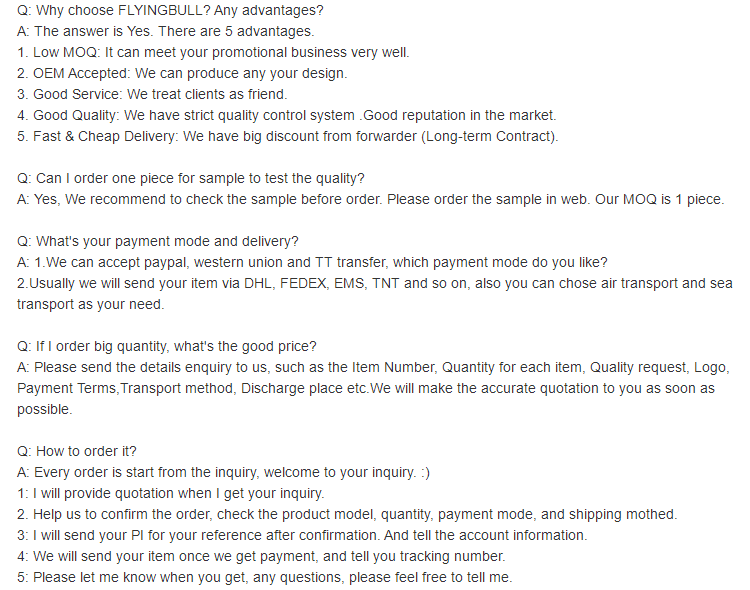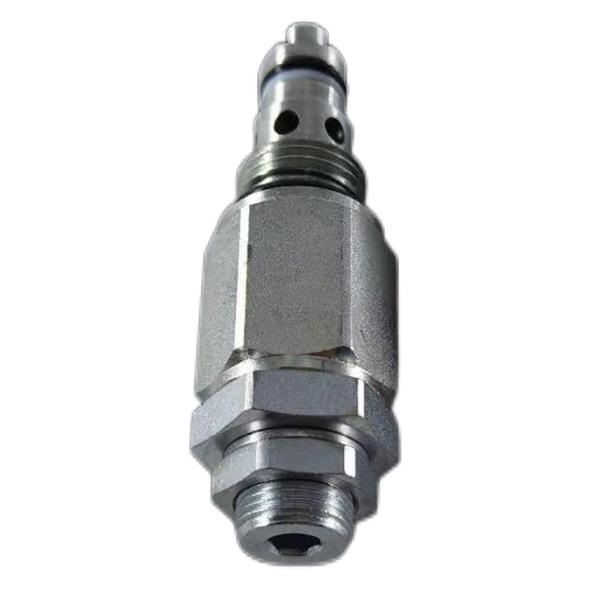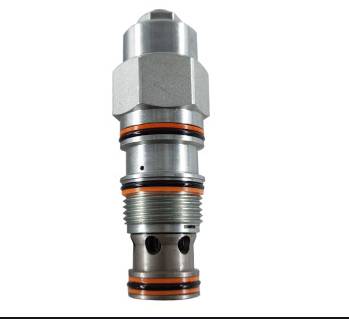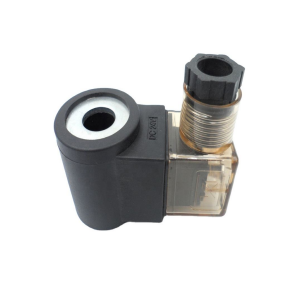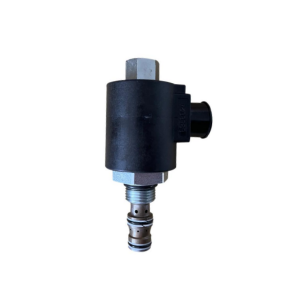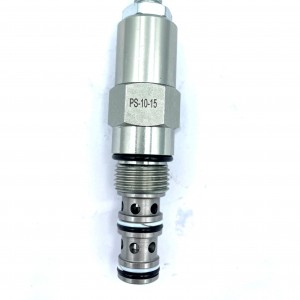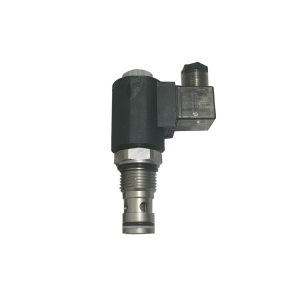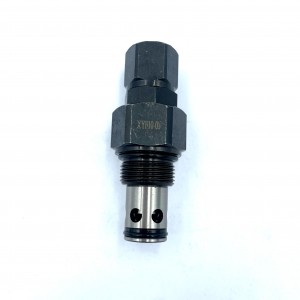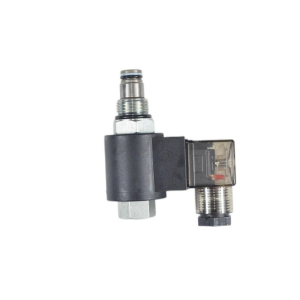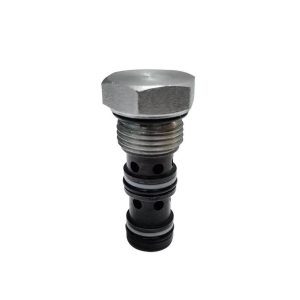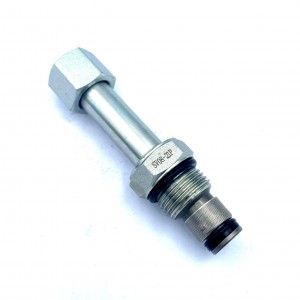Hydraulic Cartridge Valve SV12-29
Details
Sealing material:Hydraulic Cartridge Valve
Pressure environment:ordinary pressure
Temperature environment:one
Optional accessories:Hydraulic Cartridge Valve
Type of drive:power-driven
Applicable medium:petroleum products
Points for attention
The hydraulic cartridge valve, also known as the two-way cartridge valve, has a core structure consisting of a cartridge unit (composed of a valve core, valve sleeve, spring, etc.). It is inserted into the pre-processed valve block hole and then fixed with a cover plate and bolts to achieve connection with the system oil circuit. Its working principle is based on the opening, closing or throttling of the cartridge unit. It can be used alone or combined into a composite valve to meet different hydraulic control requirements.
Take directional control as an example: The control chamber (C chamber) of the cartridge unit is connected to the pilot valve. When the pilot valve is energized, the pressure in the control chamber drops, and the main valve core opens under the pressure at the oil inlet (A chamber), allowing the oil to flow from A to the oil outlet (B chamber). When power is cut off, the pressure in the control chamber rises, and the valve core closes under the action of the spring and the control pressure, cutting off the oil passage.
During pressure control, the pressure in the control chamber is adjusted through the pilot relief valve. When the system pressure exceeds the set value, the valve core of the main valve opens to overflow. Flow control is achieved by adjusting the opening degree of the main valve through a pilot speed control valve or a proportional valve.
The hydraulic cartridge valve is a core component of high-flow hydraulic systems. Through the structural design of "cartridge unit + pilot control", it achieves efficient and reliable fluid control. Its advantages lie in its strong flow capacity, rapid response and flexible integration, making it particularly suitable for scenarios such as metallurgy and heavy machinery that have strict requirements for flow and pressure. In practical applications, it is necessary to precisely select the model based on system parameters and strictly control the installation accuracy to bring out its best performance.
Product specification

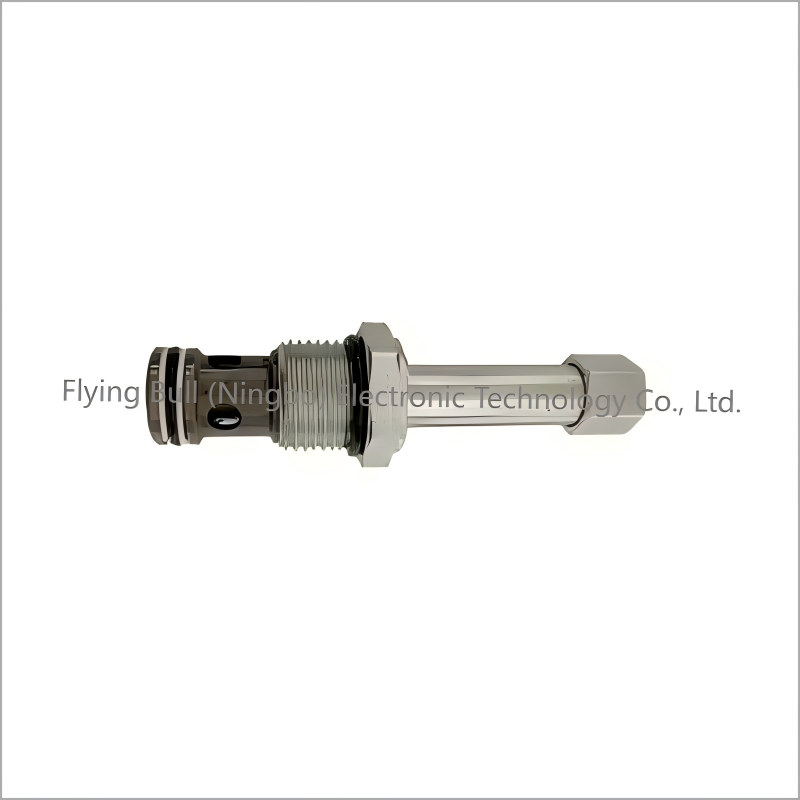

Company details
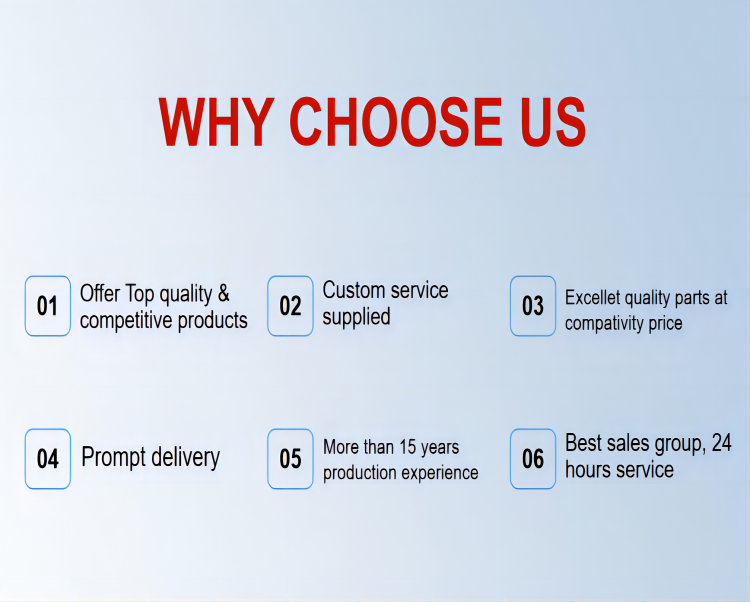
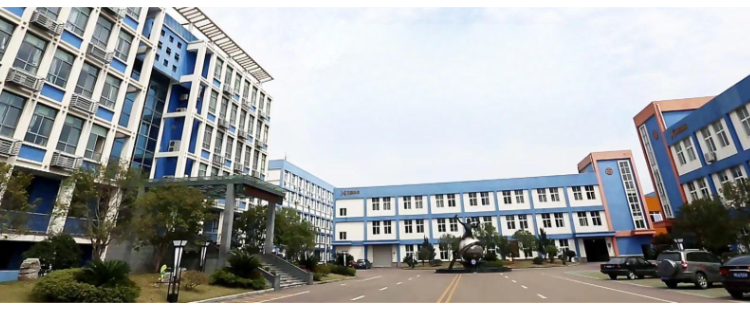
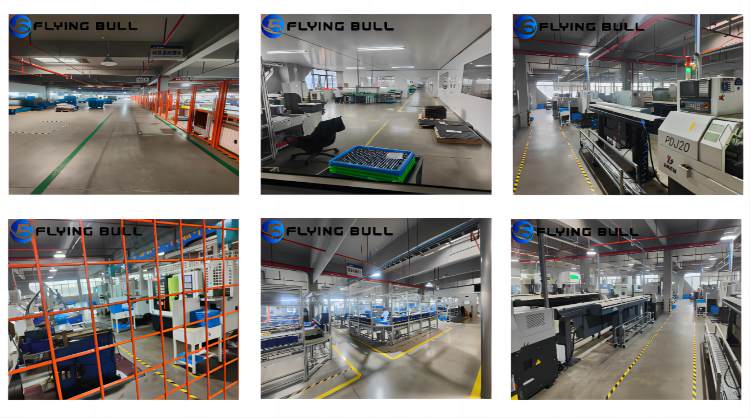
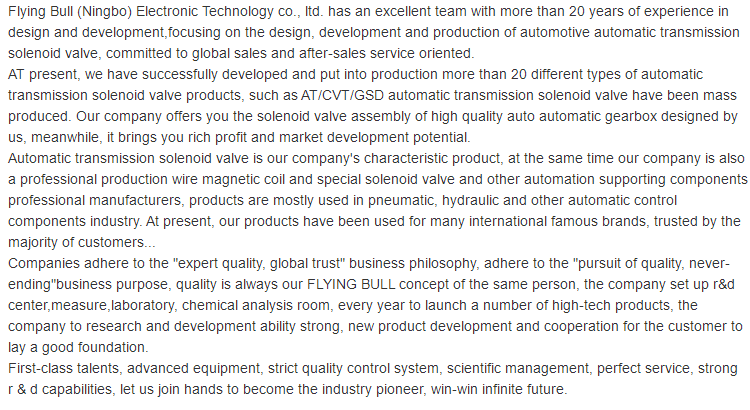
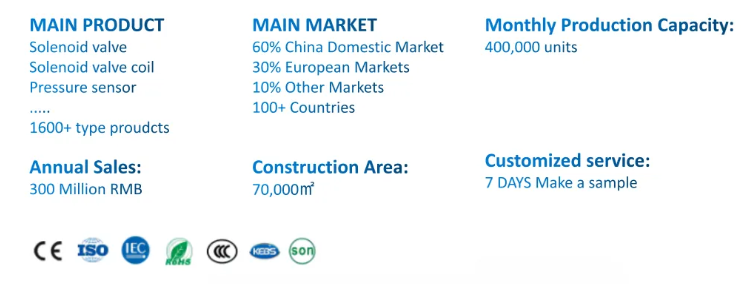
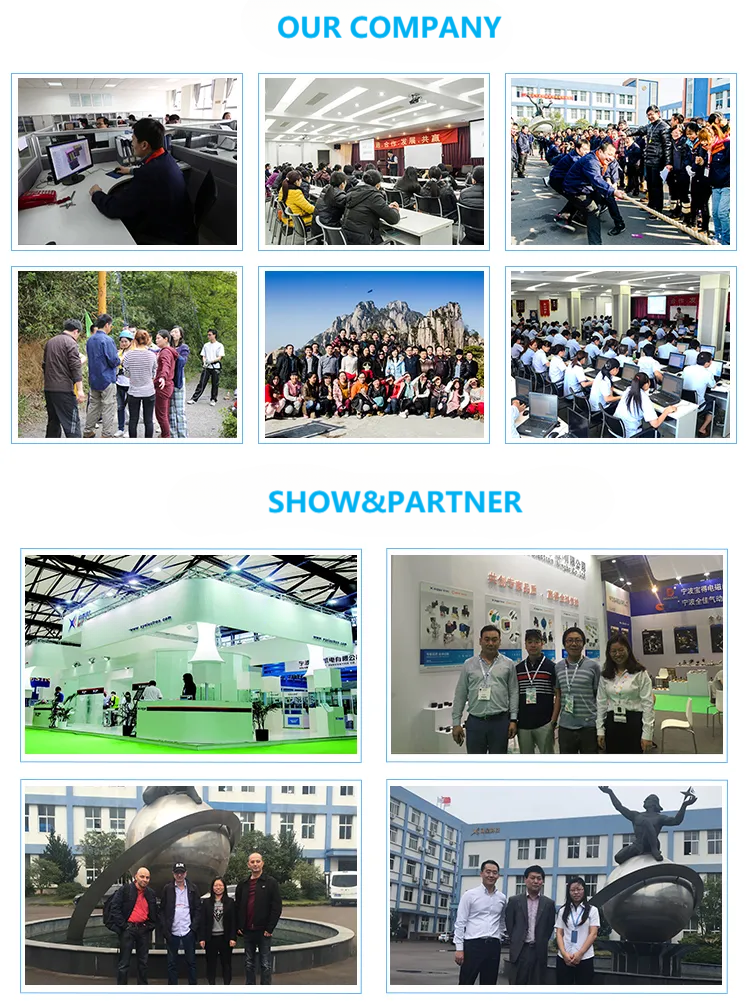

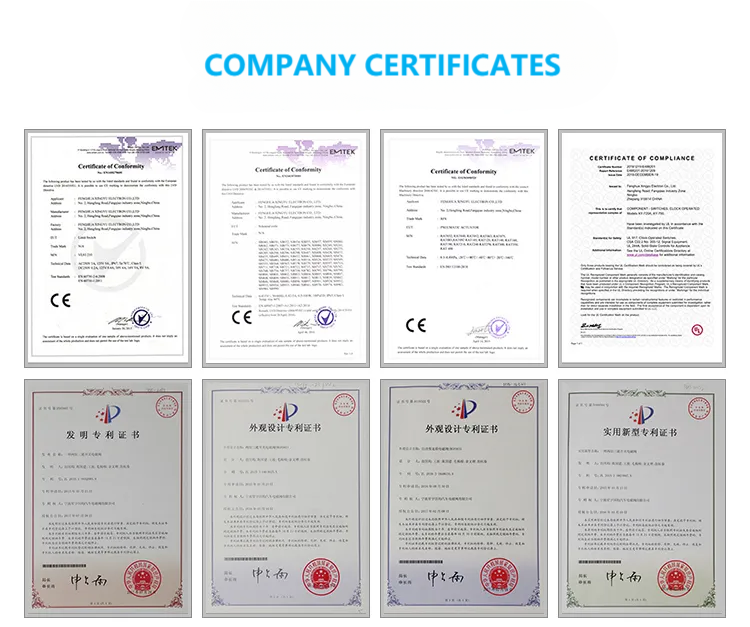
Company advantage
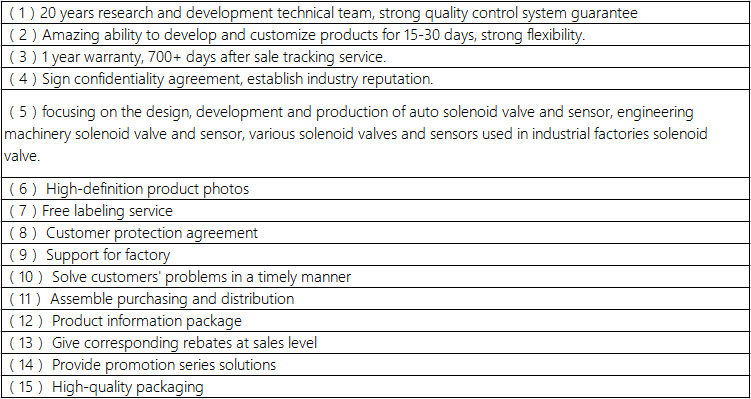
Transportation

FAQ
